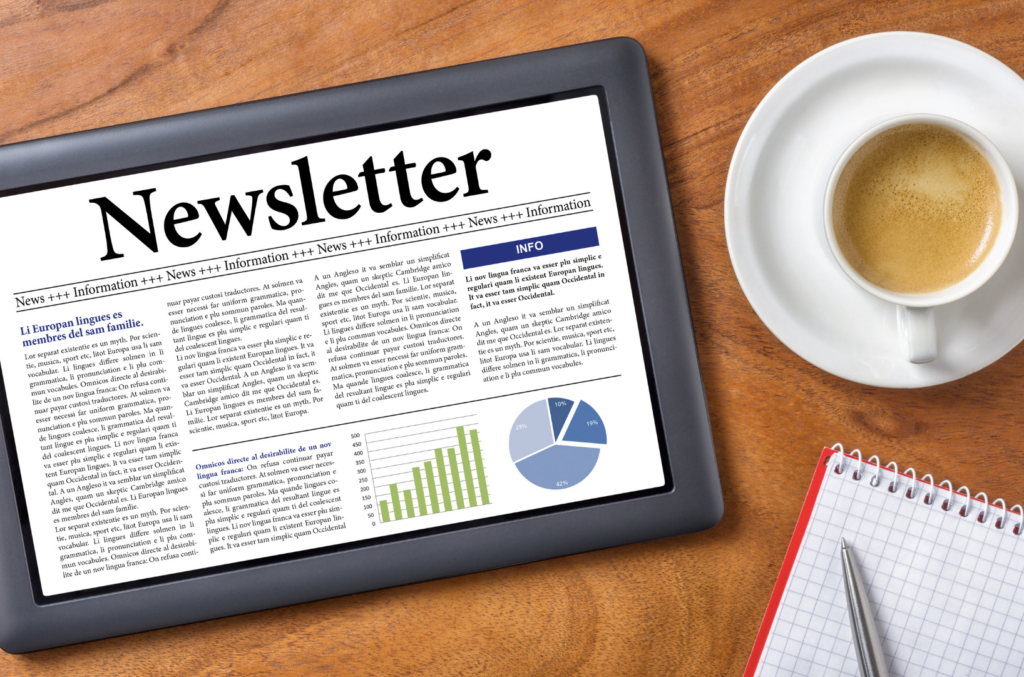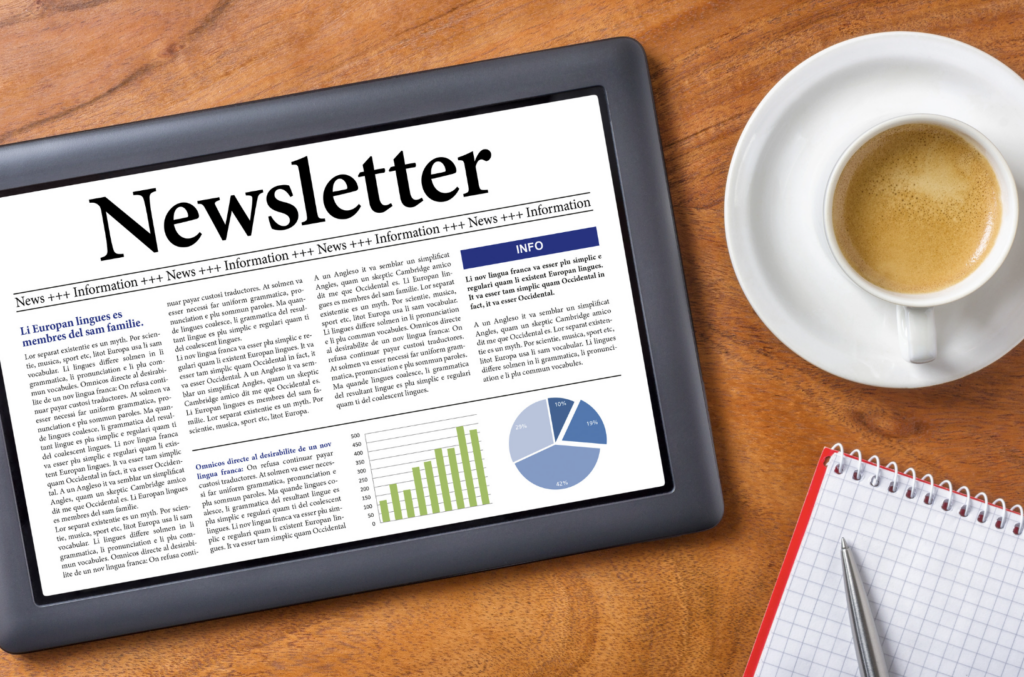by Nell O’Shea Carre and Evie Dinkelmeyer
In the context of an ever-changing digital and social media landscape, news publishers around the world are finding they need to diversify the ways that they reach people. Newsletters are a great way for publishers to establish and maintain direct connections with their audience – we’ve created this tip sheet detailing how to get started.
Why newsletters?
- You ‘own’ your audience: Even when using a platform to publish your newsletter on, you still have direct connection to your audience through the email address they have shared with you. Regardless of whatever happens to the newsletter platform you are sending from, you’ll still be able to keep your audience.
- Newsletter audiences are often highly engaged and easily reached: Most people check their emails very regularly, which can’t be said for lots of social media platforms, for example. This engagement is great for cut-through of important information and content.
- There’s a demand for newsletter advertising: Given the point above, this one is no surprise. Advertisers know that newsletters are a highly valuable tool.

Step by step guide to creating a newsletter:
- Decide on your audience targets
Before you plan how you want your newsletter to look, it’s helpful to have a solid idea of who your recipients will be. You know your audience better than anyone else, but if you need help getting a better idea of exactly what sort of content they’re after, here are some tips on creating a newsroom audience survey.
- Design the newsletter
There are an abundance of newsletter platforms out there, some suit certain content better than others. Below are a few that come well-recommended to us.
WordPress/Newsletter Glue: You may already use this platform to run your website, so if you’re familiar – stick with what you know. Newsletter Glue is a WordPress integration that can turn your blog posts into newsletters, so if this is your chosen platform, head here to download the extension. LINA members are eligible for a discount to Newsletter Glue.
Fluent: Tim Burrowes from Unmade Media spoke to delegates at the 2024 LINA summit, and recommended Fluent. He says it’s “more automated than WordPress, it’s got its own dashboard but is a plugin for WordPress. It is easier to use than Newsletter Glue and has a graphic interface and drag and drop”.
Ghost: You can use this platform to send out newsletters and collect subscribers. It has a strong focus on generating subscription revenue and has a premium content feature.
Substack: It is currently having its moment in the spotlight for bloggers, but there are also local publications hosting their whole website on the platform. Substack is free to use, but takes 10% of any subscription fees generated through the site. Content is uploaded in blog-style format and then can be sent via newsletter to subscribers.
Mailchimp or Hubspot: These platforms are more marketing-oriented, but if you’re already using a CMS platform for advertising sales, for example, then you might consider trying out an integrated newsletter service. These tend to be fairly user-friendly.
Sometimes newsletter platforms aren’t the easiest for customising the look to fit your brand aesthetic. One tip to get around this is to design assets such as the newsletter heading, for example, and import them into your newsletter as images. Canva have a discount code for LINA members to use their graphic design platform which might help with this.
- Build your audience
Tim Burrowes from Unmade Media recommends running a campaign to drive initial newsletter subscriptions. You could incentivise your readership via a giveaway from your advertisers, or you could design a social media campaign dedicated to raising awareness about your newsletter. Tim also suggests using newsletter subscription pop-up boxes on your website, something like ‘Subscribe to read more’.
- Decide on a schedule
Whatever you decide on, make sure you have a consistent schedule. It will build a habit for your subscribers, who will grow to expect your newsletter at a certain time. At LINA, we send monthly, bi-monthly and quarterly newsletters depending on the intended audience. The frequency was decided in accordance with how much information we have available to give our audience, and how often they will need that information.
- Tweak the details
At the end of your newsletter, include an unsubscribe button. Not only does it help to avoid your newsletter going to spam, it will build your reputation as a respectful organisation who doesn’t trap its subscribers. You should also make sure you have contact information for potential feedback, and links to your social media. Your sender name should be either your full name or your first name followed by the company name – it will make sure your email is more personal and recognisable, and also helps to avoid it landing in spam.
- Track your analytics
Once you’ve sent out your newsletter, check your analytics. WordPress, Ghost, Substack and Fluent provide analytics for newsletters, including open rate and click rate. You can also build your understanding of your readership through consistently checking your ad clicks and impressions, and altering your content to match what your readers are engaging with. Don’t forget to log these analytics, and feedback from readers, in an Impact Tracker.
- Optional extra: monetise your newsletter
For many newsrooms, getting their content out to readers (and hopefully boosting website traffic) will be the sole focus of their newsletter.
Some, however, may be interested in monetising the newsletter itself, selling advertisements based on reported engagement rates. Many publishers lately are opting to bring on a newsletter ‘partner’ or sponsor, who might curate or feature in certain sections. Youth focused publication The Daily Aus has recently launched a daily sports newsletter, in partnership with Deakin University, for example. In these instances it’s good to be mindful of transparency around this, to maintain audience trust.
Paywalling newsletters for audiences is a less common way to monetise your newsletter, but some publishers with very loyal readers might find it works.
Good luck with your newsletter! If you’re looking for additional resources, training and support, LINA is here to help. Get in touch with our team or subscribe to our monthly newsletter here for regular tips and updates.

